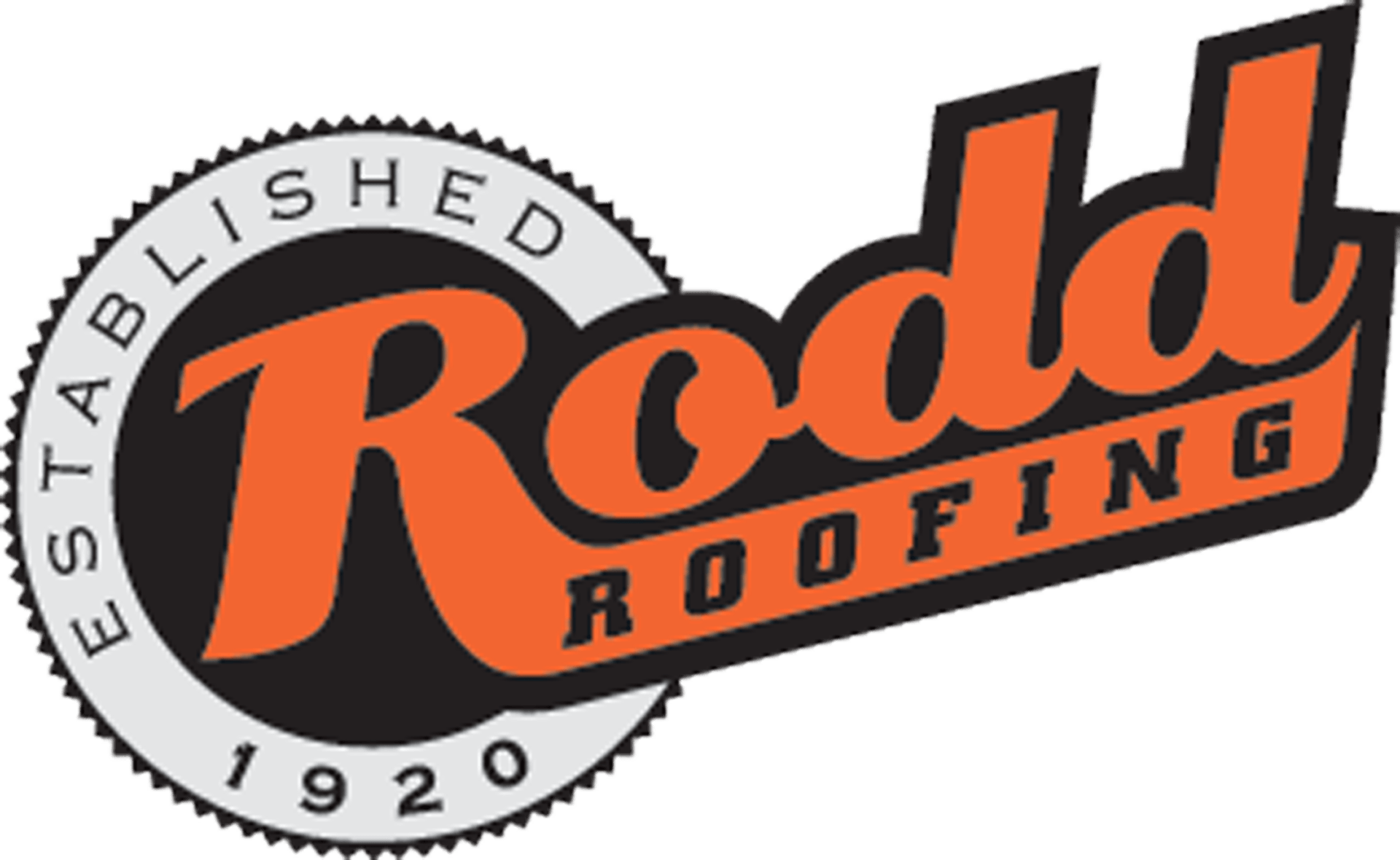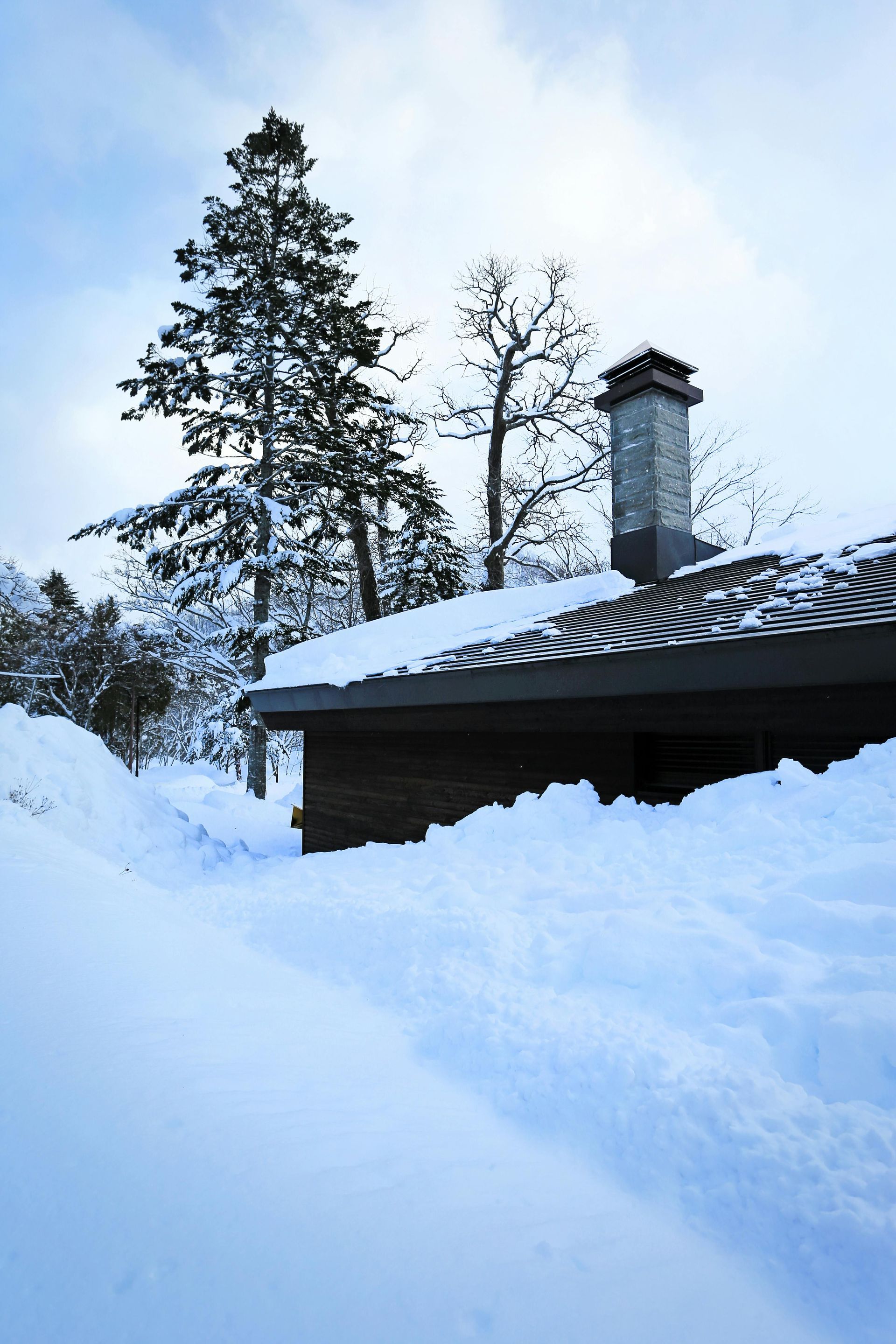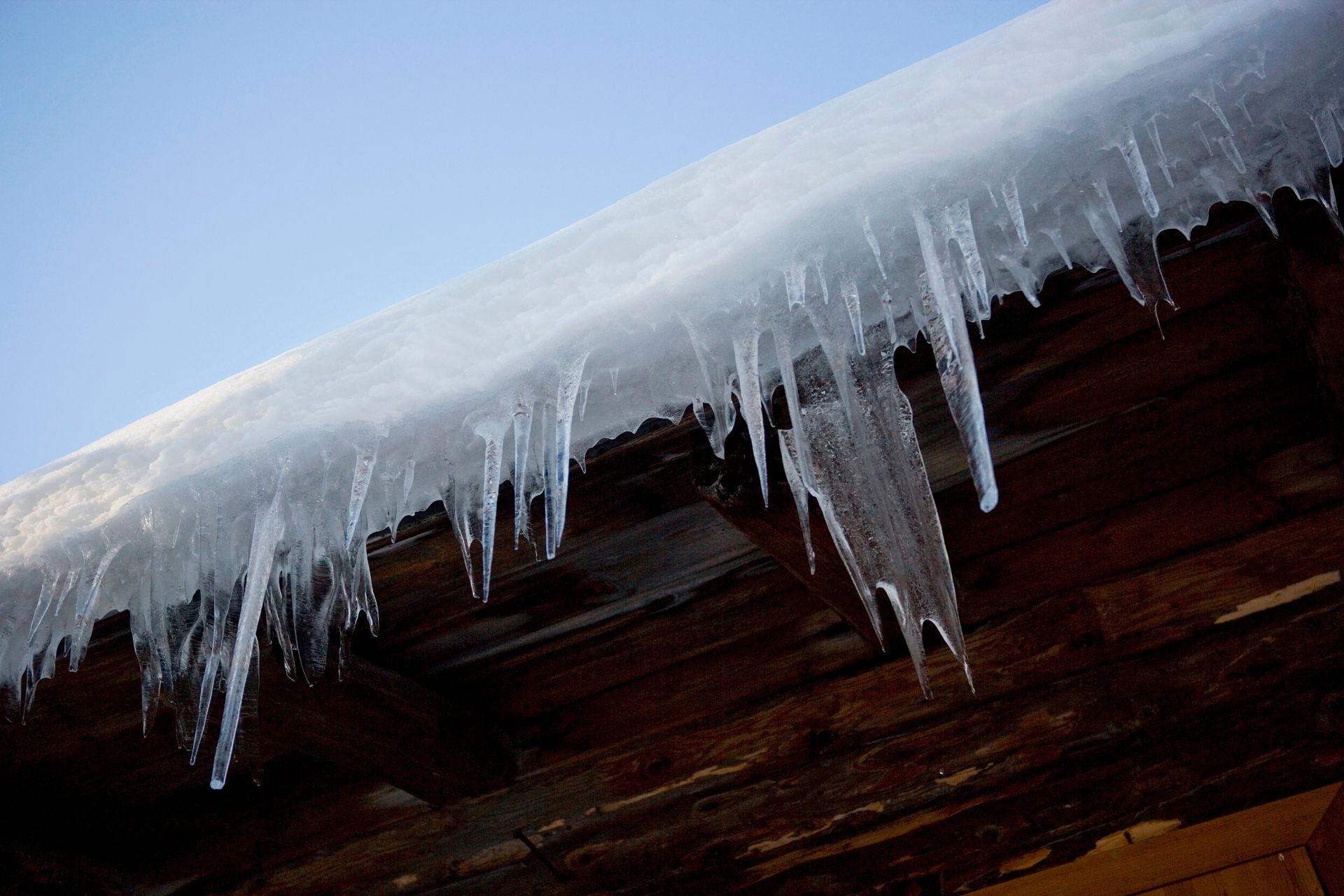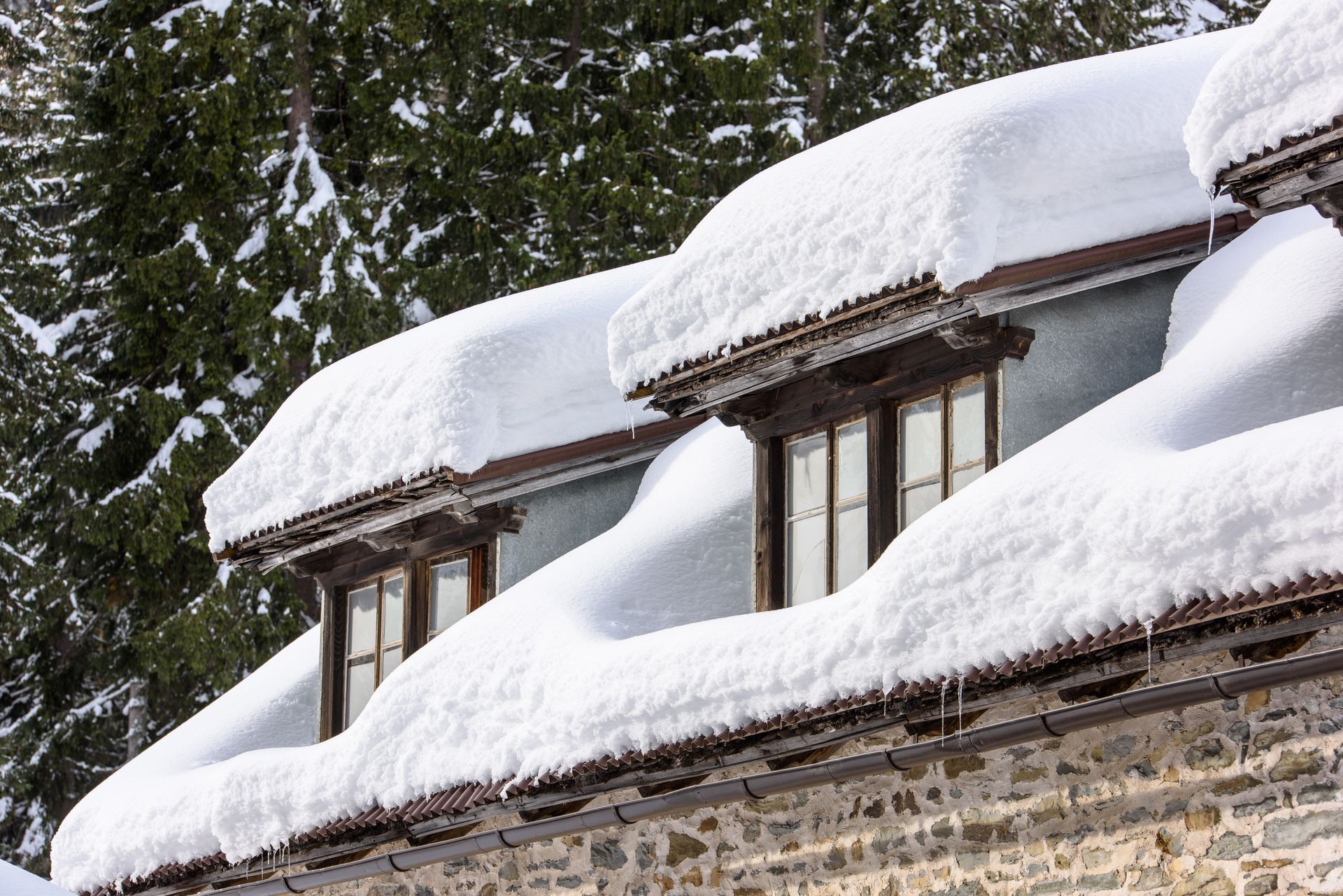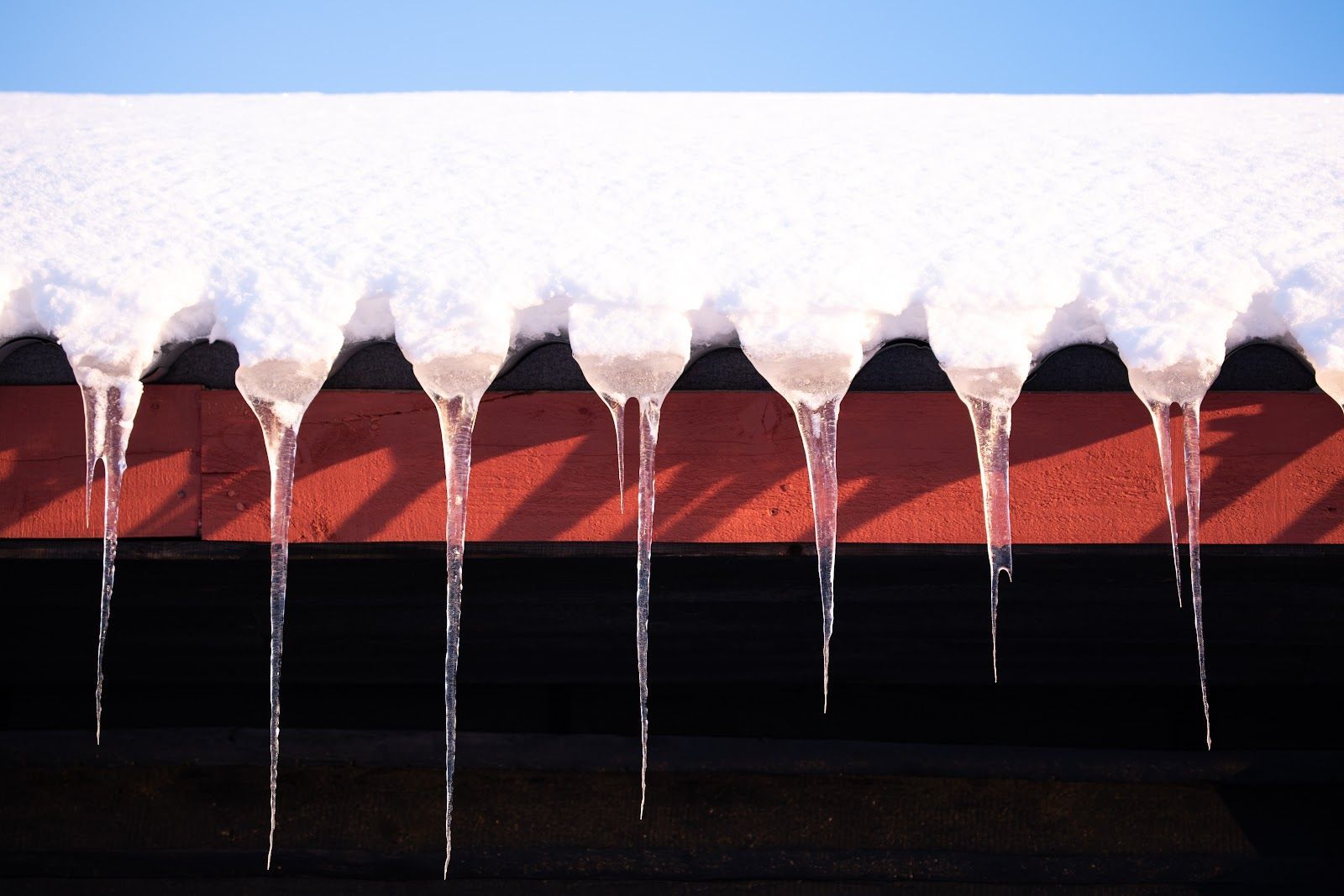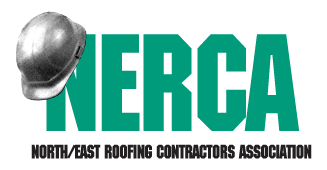Copper vs. Painted Steel Standing Seam Roofs
Copper vs. Painted Steel Standing Seam Roofs
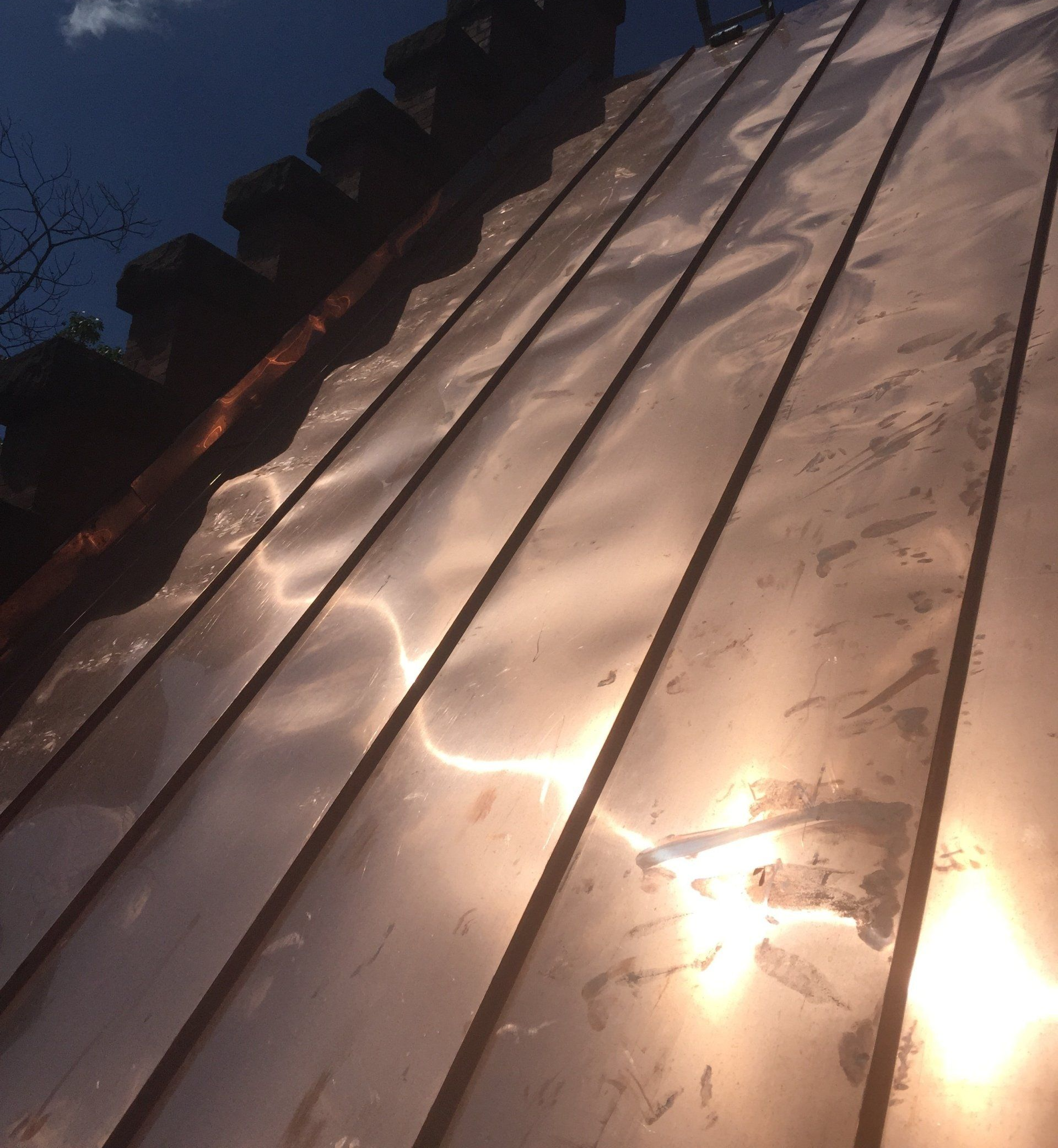
Choosing the best roofing material for your home or business can be difficult, so it's important to consider all of your options to help you make a more informed decision. If you live somewhere with minimal rainfall or big temperature changes, you will probably opt for a different material than someone located in a place with heavy snowfall for much of the year. Climate has a large impact on the type of material that will work best for you. To better understand some of the options, follow along as we take a look at the pros and cons of copper and steel roofing.
Copper
Pros:
- Long Lasting
- Curb Appeal
- Corrosion Resistant
With regular care and maintenance, the life expectancy of copper roofing can exceed fifty years. As well as being resistant to the elements and less likely to be affected by rainfall, hail, and mildew than other types of roofing, copper is also one of the most fireproof materials available. Additionally, copper roofing is a very lightweight material, making it quick and easy to transport and install.
Cons:
- Expensive
- No color options
Copper is one of the most expensive roofing materials you can find. It can also be hard to source at times, so it may take a little longer to get the job done. In addition, compared to steel, copper is soft and can be easily dented. This can be a problem for areas that experience severe weather conditions. For example, in locales that experience hurricanes, a steel roof would be a better choice because it is more wind-resistant.
Steel
Pros:
- Less Expensive
- Durable
- Color Options
Steel is probably the most common type of metal roofing material. It tends to be less expensive than other roofing metals. Despite that, it still has a long lifespan and is a desirable material for many reasons. What separates steel from most roofing materials is that it is not inherently resistant to water damage and corrosion, so it requires treatment and sealing before use.
Cons:
- Prone to Rust & Corrosion
- Potentially Noisy
- Heavy
Rust is a major downside of using steel for roofing. If the metal isn't coated regularly, it will corrode and rust over time.
Conclusion
Now that you have a good idea of the pros and cons of steel and copper roofing, you can make a more informed decision about which roofing material is best for you. Your choice will depend on your specific needs, so consulting a reputable and trustworthy roofing contractor may help you decide which is best for your home or business.
